YOUR FULL-SERVICE
WHISKEY PARTNER
Brindiamo offers a turnkey suite of solutions to the whiskey industry, guiding our partners through every stage of their journey—from sourcing premium barrels to delivering the perfect liquid into the bottle.
FLEXIBILITY FROM WOOD TO GLASS
barrels managed
distillery partners
mash bills available
barrel transactions
Revolutionizing
Liquid Sourcing
For over a decade, Brindiamo has been the leading partner for brands and distilleries seeking to place or secure premium whiskey. Our team recognizes that the needs of our partners go far beyond sourcing, and we are well positioned to tackle these challenges.
-
Barrel Management
Brindiamo's extensive scale and expertise in barrel management eliminates the guesswork of owning barrels, offering innovative programs that reduce costs for our clients.
-
Liquid Management
Whether it's sourcing the perfect just-in-time liquid, facilitating strategic buys, or leveraging our bottling and blending network, Brindiamo is the trusted partner for global brands and distillers.
-
Strategic Services
Brindiamo offers expert consultation, unique insights, and direct program management from our experienced team, providing the guidance and support to tackle any initiative and ensure success.
Explore Our Full Set of Capabilities
Your Global
Whiskey Steward
Brindiamo’s network serves as a bridge to global whiskey expansion for brands and distilleries. With a strong presence in the American, Irish, and Scotch markets, and a reach that spans all world whiskies, we connect key industry players. Our mission is to provide partners with flexible options, expert guidance, and seamless access to our global network—ensuring the insights and resources needed to thrive on the global stage.
Leverage our global expertise
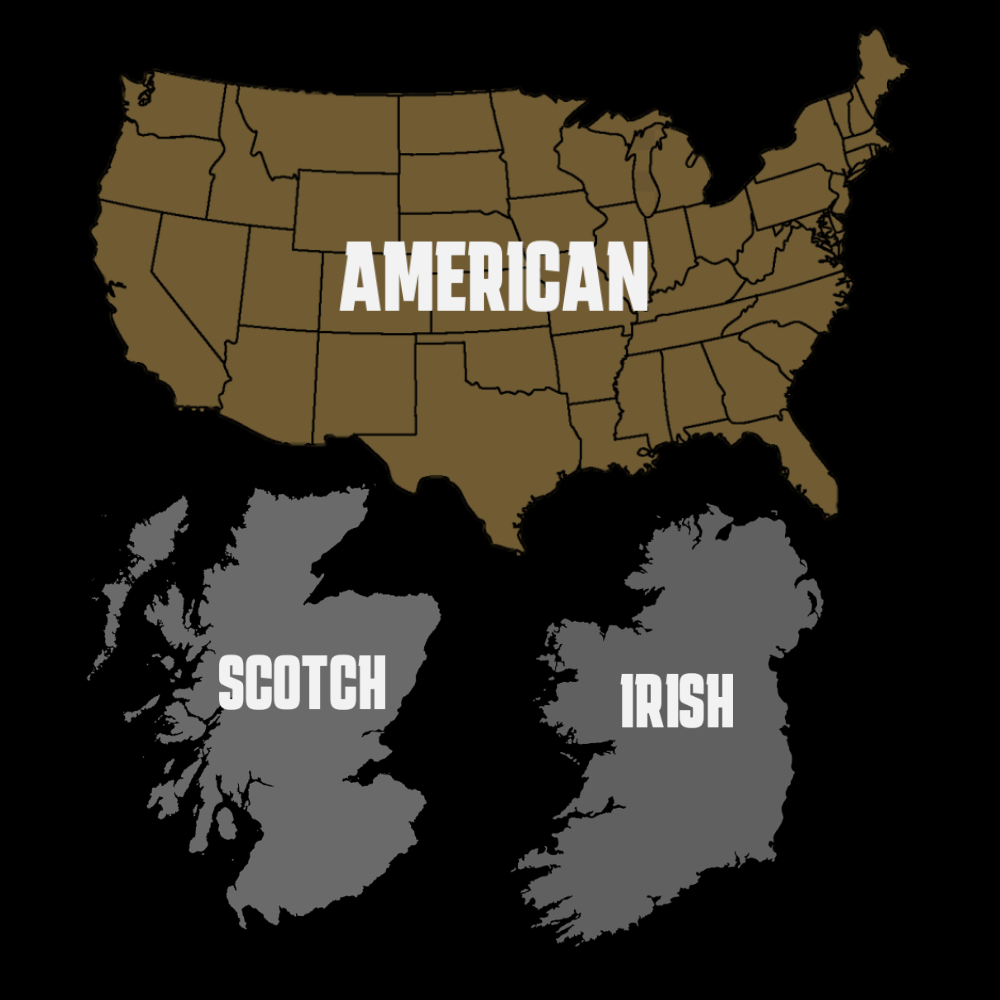
Trusted by Leading Whiskey Makers


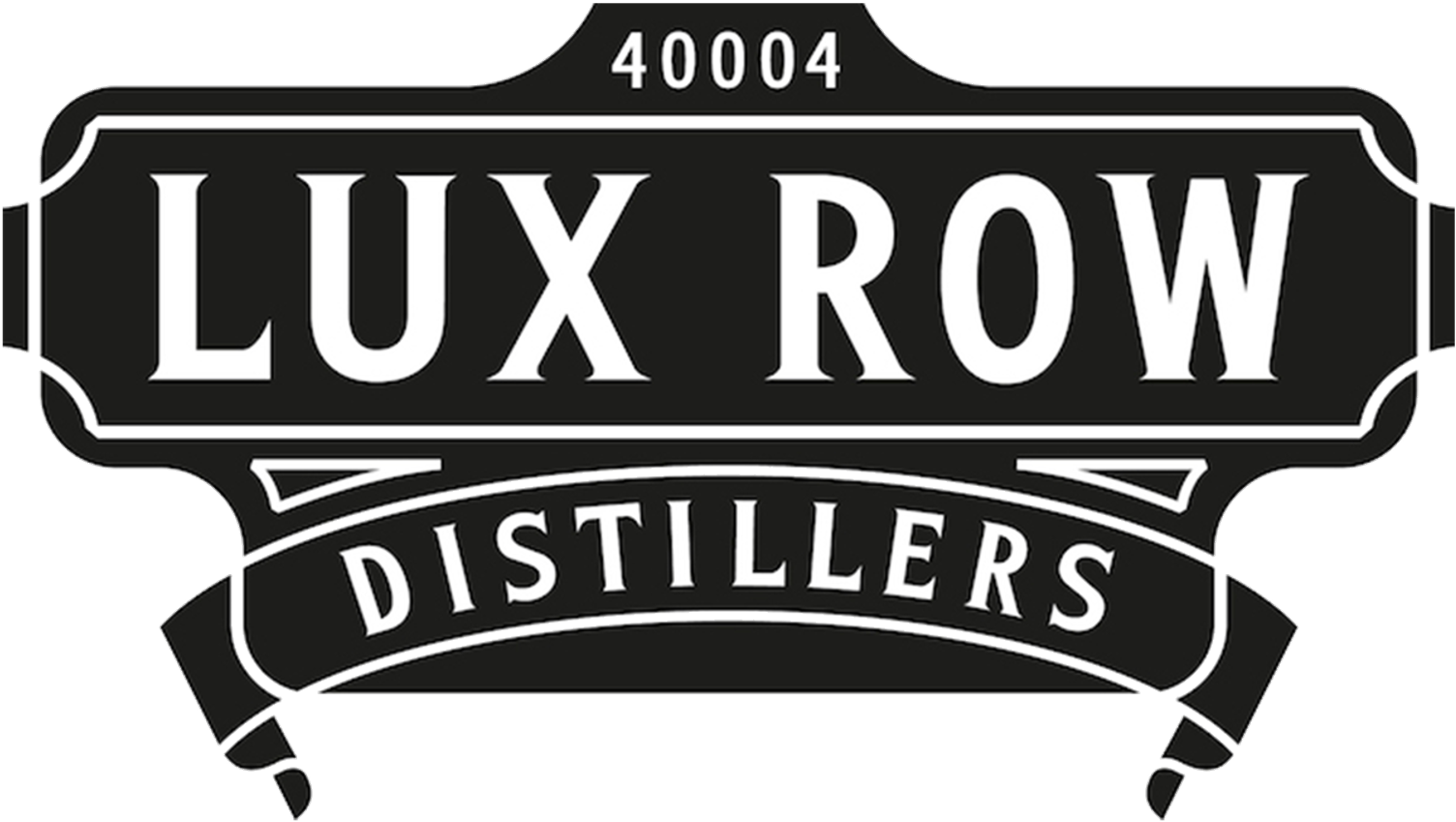


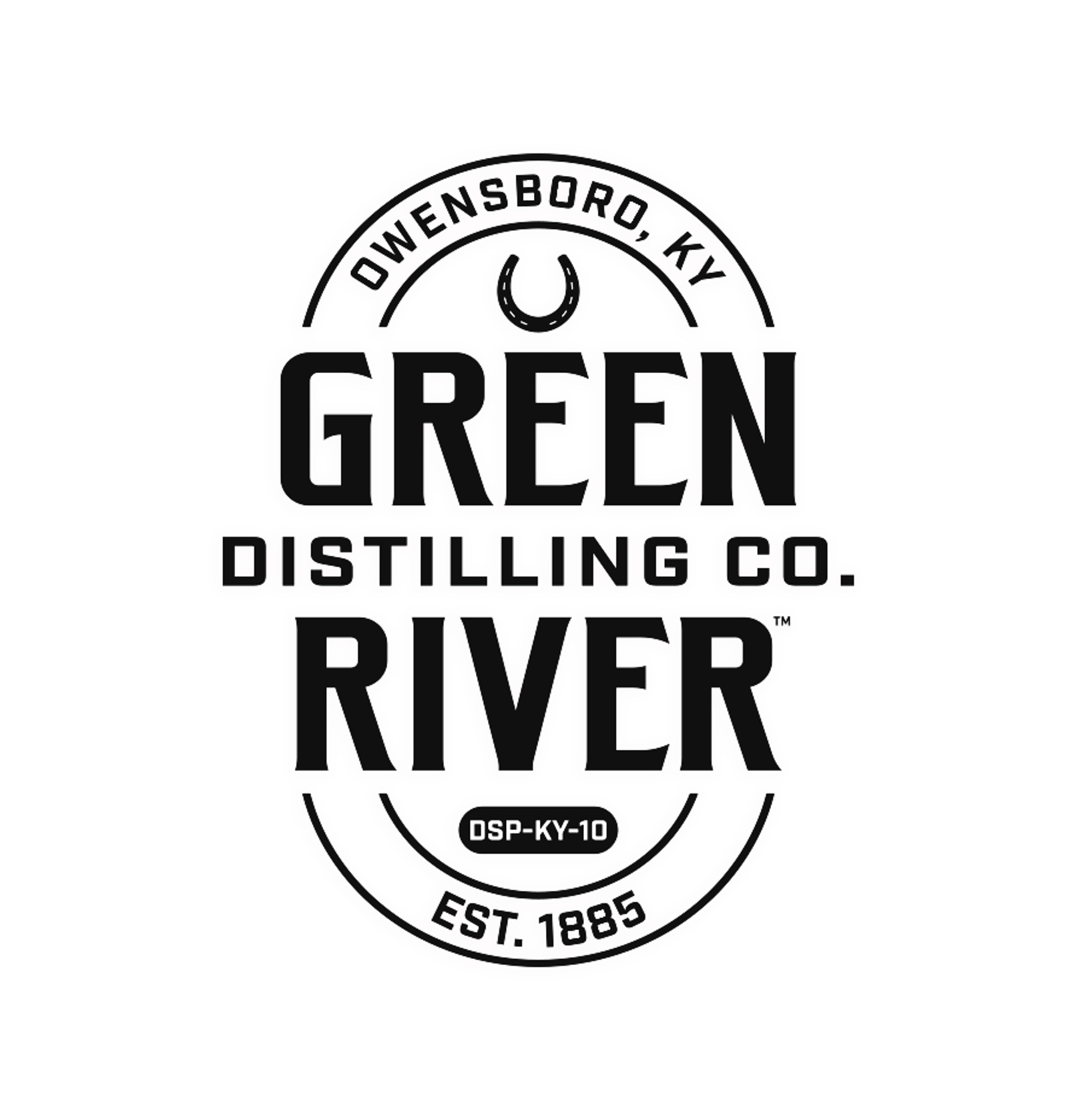





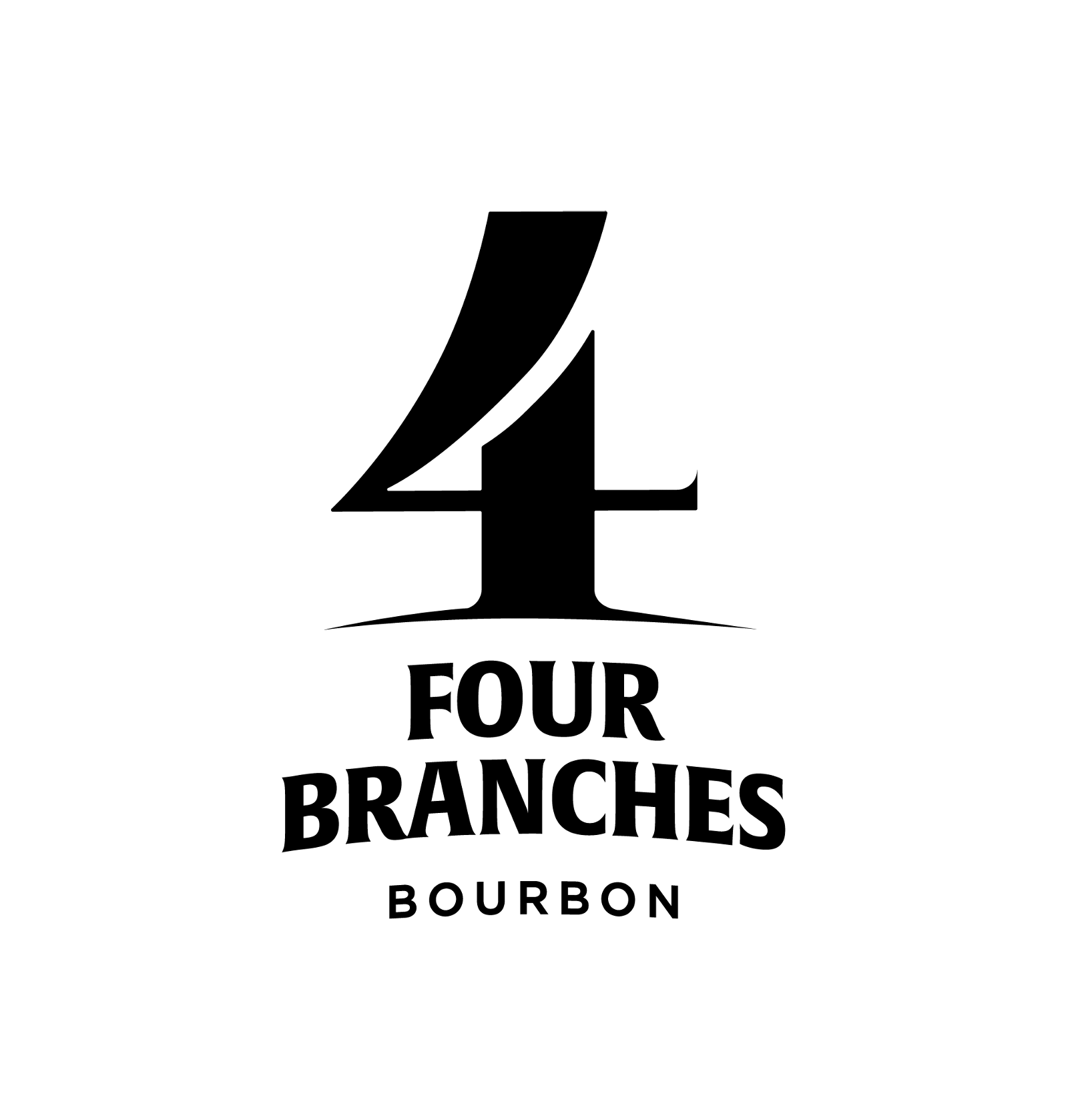




























With an Unmatched Industry Network






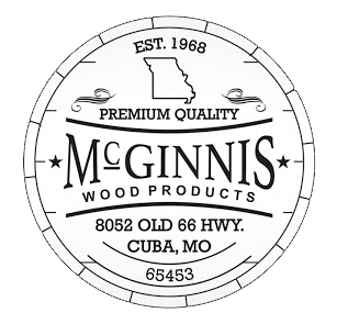



























Brindiamo's dedication to understanding our unique needs has been instrumental. Brindiamo has a pulse on all facets of the industry. They personally connected us with key resources, including our liquid, and a trusted bottling partner we continue to rely on.
Rick Franco
Co-Founder | Four Branches Bourbon
We're constantly tasting, we're constantly buying, we're constantly seeing what's available in certain times. We know Brindiamo will have something we're looking for.
Michael Hinds
Co-Founder | Nashville Barrel Company
Insurance is the area in which Brindiamo has had the most profound impact in terms of innovation and updating products available to wholesale investors like myself. The tools Brindiamo launched have streamlined the process and give us greater security.
Dan Hogan
Co-Founder | Barrel Stock Trading Co.
Brindiamo helps us source great whiskey...a rich group of different products. We're scanning for aged Kentucky product; they find products that work well together, resulting in a significant and diverse inventory of spirits.
Rick Johnson
Co-Founder | 15 Stars
Brindiamo is absolutely consistent in both their words and actions. It's fantastic to partner with a company that demonstrates such clinical precision in defining their objectives and the methods they employ to achieve them.
Noel Sweeney
Master Distiller | Partner, Brindiamo Ireland | Next Level Distillers

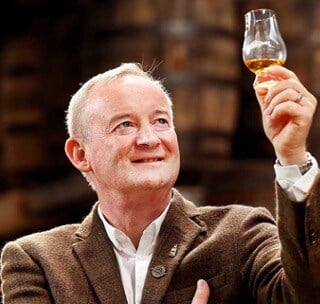
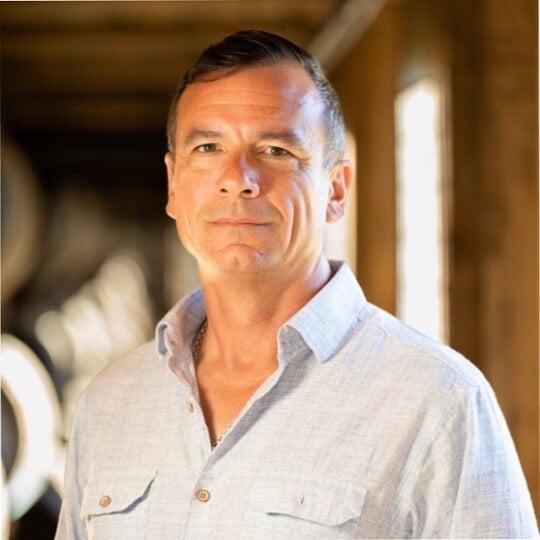









Let's tackle your challenges together
See the full set of Brindiamo products and services
